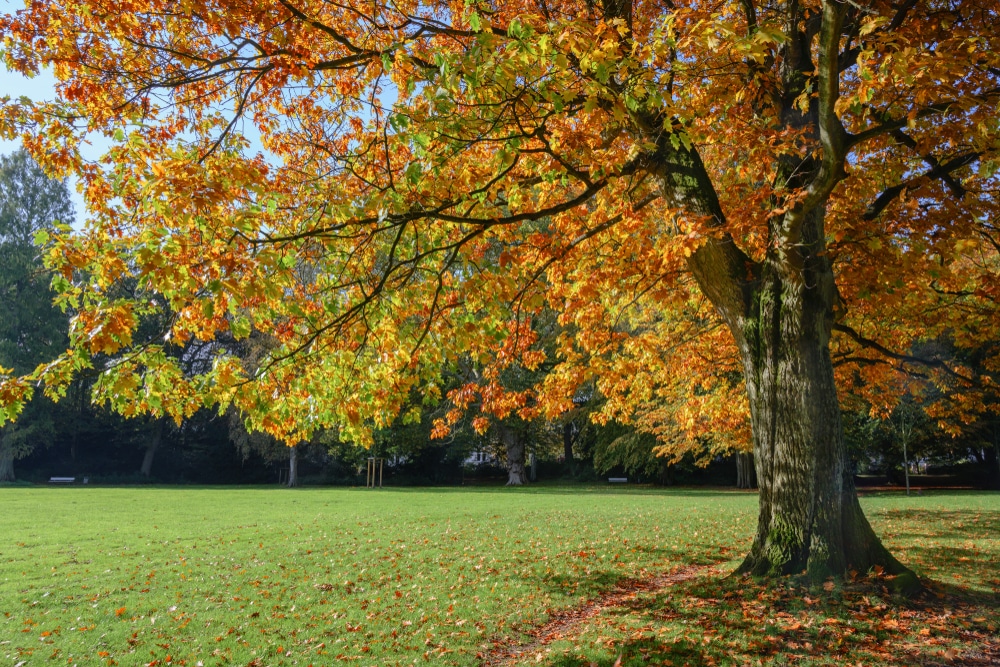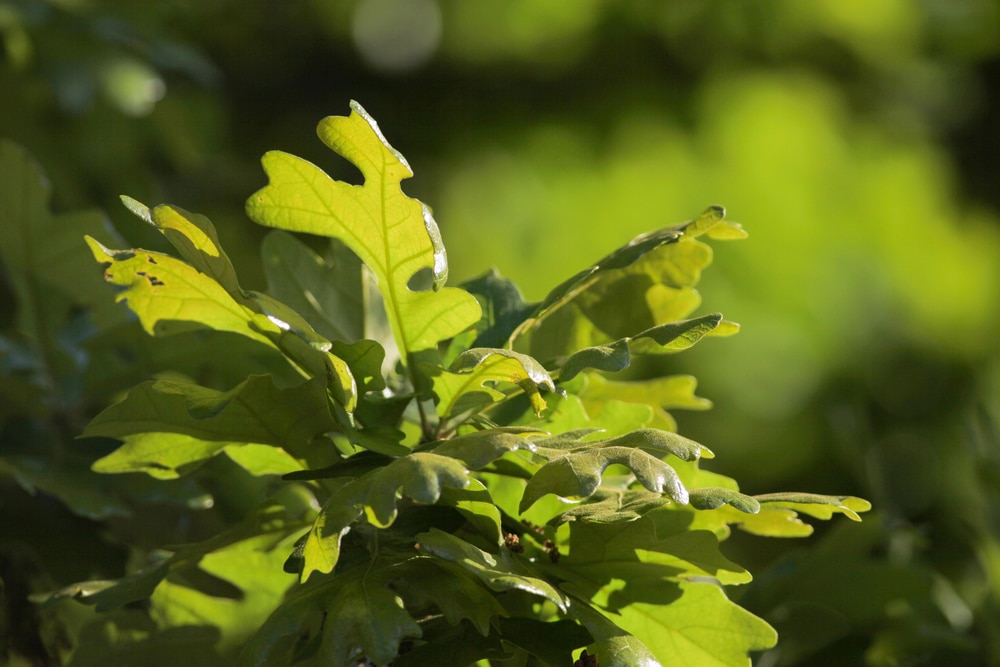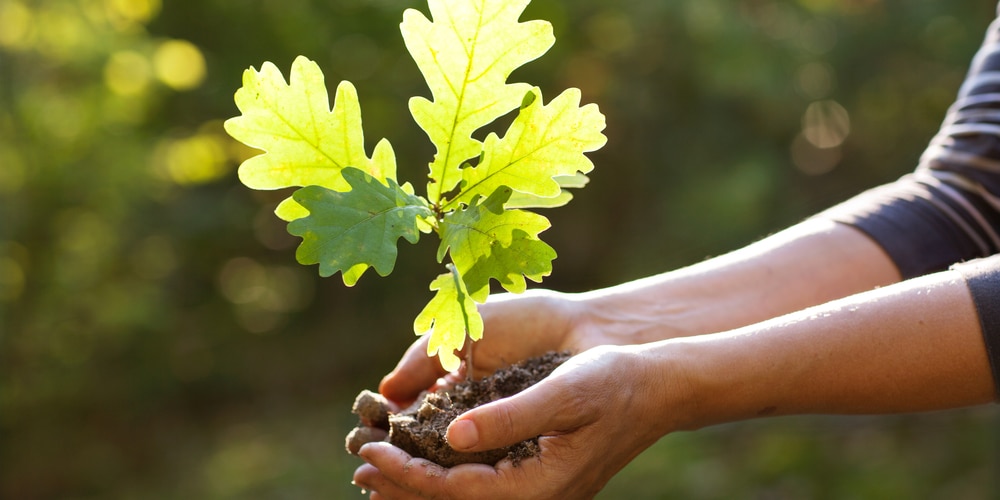When most people think about Oklahoma, one of the first things that comes to mind is its many oak trees. These iconic trees can be found throughout the state and are a vital part of the ecosystem. There are many species of oaks native to Oklahoma, and each has slightly different needs regarding growth and care.
Oak trees in Oklahoma

If you are interested in growing an oak tree in Oklahoma, it is crucial to understand your region’s climate and USDA zone. The weather in Oklahoma varies slightly, but it’s generally considered a subtropical region located in USDA zones 6a through 8a.
Oaks thrive in climates with warm summers and cool winters; most species do well in zones 6 to 9, while some can cope with the cold weather in zones 3 to 5. If you live in an area that experiences long periods of freezing temperatures, you’ll need to plant the correct type of oak tree.
Oaks typically require lots of sunlight and consistent moisture, so you must ensure that your tree is getting plenty of both.
Which varieties of oak trees grow in Oklahoma?
There are several types of oak trees that grow in Oklahoma. Some of these include the following:
- Blackjack Oak
- Bur Oak
- Chinkapin Oak
- Northern Red Oak
- Pin Oak
- Post Oak
- White Oak
- Southern Red Oak
- Shumard Oak
- Sawtooth Oak
Each tree has specific characteristics that make it unique, and they range in size from smaller shrubs to tall, stately trees.
Chinkapin Oak (Quercus Muehlenbergii)
One of the most popular oak trees for yards in Oklahoma is the Chinkapin Oak. This tree can be identified by its flaky, light grey bark and small, glossy green leaves. It typically reaches a height of 50 to 60 feet at maturity and has a dense canopy that provides good shade. The tree produces acorns in the fall.
The Chinkapin Oak prefers acidic, well-drained soil and can tolerate various environmental conditions, such as rocky or sandy soils. It’s a popular choice for yards or parks due to its hardiness, drought tolerance, and attractive appearance.
Blackjack Oak (quercus marilandica)
The Blackjack Oak is another type of oak tree that thrives in Oklahoma. This tree is popular with homeowners as it’s mature height (40 feet) is slightly shorter than other species of oak.
The tree has thick and dark grey bark, with small ridges running the length of the trunk. It has dark green leaves that are long and wider at the top than at the bottom.
The Blackjack Oak prefers well-drained soil and full sun, but it can tolerate a variety of conditions. Because it’s such a hardy tree, it’s often used for landscaping or as a windbreak in yards and landscapes.
Post Oak
This tree typically grows to be between 40 and 50 feet tall and produces unique leaves. The Post Oak prefers acidic, well-drained soil with full sun exposure. Because it’s a slow-growing tree and smaller in size, it makes a good choice for yards or farms where space is limited. Overall, the Post Oak is a versatile and hardy tree that can thrive in many different environments.
How to care for an oak tree
Make sure that your oak tree is receiving an adequate amount of sunlight and moisture, particularly during the warmer months. This can be done by frequently watering, mulching around the base of the tree and adding organic fertilizer several times throughout the year.
Soil
Oaks like to grow in soil that is slightly acidic, with a pH range of between 6.0 and 7.0.
Pruning
Regularly prune your oak tree to keep it healthy and prevent it from becoming overwhelmed by competing branches. This can also help improve the tree’s overall appearance and shape.
Pests and disease
Protect your oak tree from potential pests and diseases by using appropriate treatments and monitoring for signs of infestation. This may include applying protective coatings, using oil sprays, or employing other methods as recommended by your local nursery or garden center.
Conclusion
If you are committed to caring for an oak tree in Oklahoma; your efforts will be well rewarded with a beautiful and healthy landscape that provides many benefits for years to come.
You may also be interested in flowering trees in Oklahoma.

